

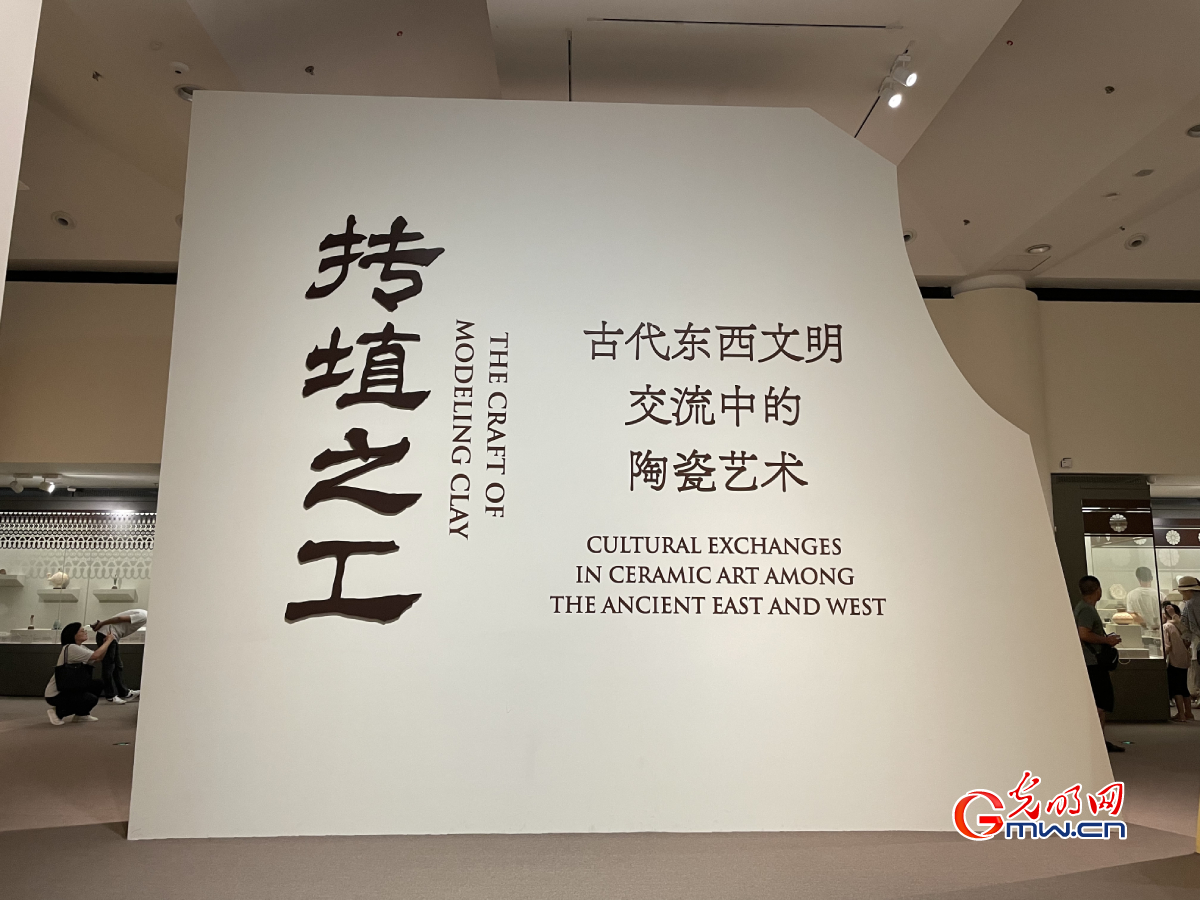
Photo taken on Aug. 4, 2024 shows the special exhibition "The Craft of Modeling Clay: Cultural Exchanges in Ceramic Art among the Ancient East and West" ongoing at the Tsinghua University Art Museum in Beijing, China's capital city. The exhibition spans a time frame of 6000 years, encompassing ancient Eurasia and ancient Egypt. Based on the distribution of exhibits in terms of quantity and origin, the exhibition is divided into seven chapters by geographical regions: the ancient Near East, the Iranian Plateau and its surroundings, the Indus Valley Civilization, the Mediterranean region, Late Central Asian colored pottery, the early Islamic Iran, and East Asia and Southeast Asia. The exhibition displays not only the exquisite craftsmanship of artifacts from different periods and regions but also the development of pottery and porcelain between Eastern and Western civilizations. (Wang Xinyuan/Guangming Picture)
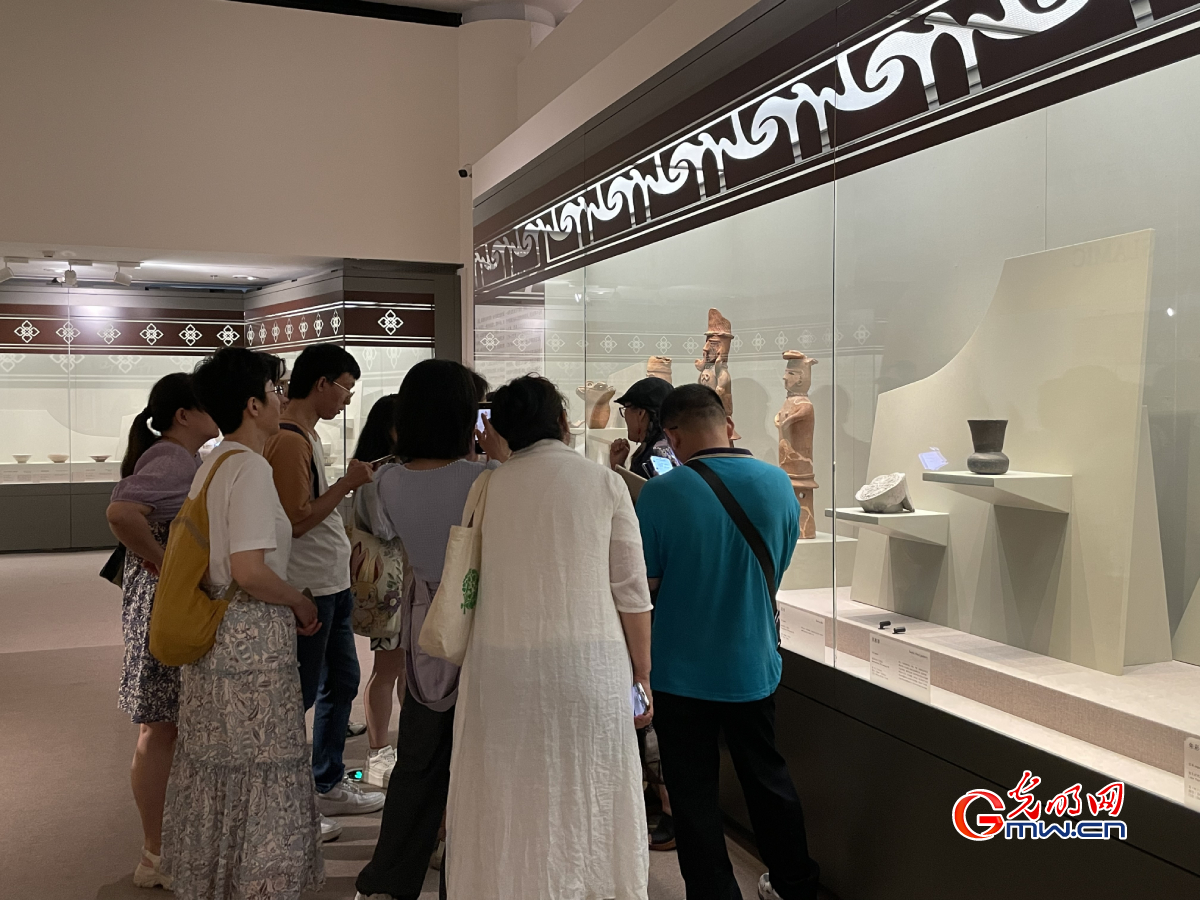
Photo taken on Aug. 4, 2024 shows people visiting the special exhibition "The Craft of Modeling Clay: Cultural Exchanges in Ceramic Art among the Ancient East and West" ongoing at the Tsinghua University Art Museum in Beijing, China's capital city. The exhibition spans a time frame of 6000 years, encompassing ancient Eurasia and ancient Egypt. Based on the distribution of exhibits in terms of quantity and origin, the exhibition is divided into seven chapters by geographical regions: the ancient Near East, the Iranian Plateau and its surroundings, the Indus Valley Civilization, the Mediterranean region, Late Central Asian colored pottery, the early Islamic Iran, and East Asia and Southeast Asia. The exhibition displays not only the exquisite craftsmanship of artifacts from different periods and regions but also the development of pottery and porcelain between Eastern and Western civilizations. (Wang Xinyuan/Guangming Picture)
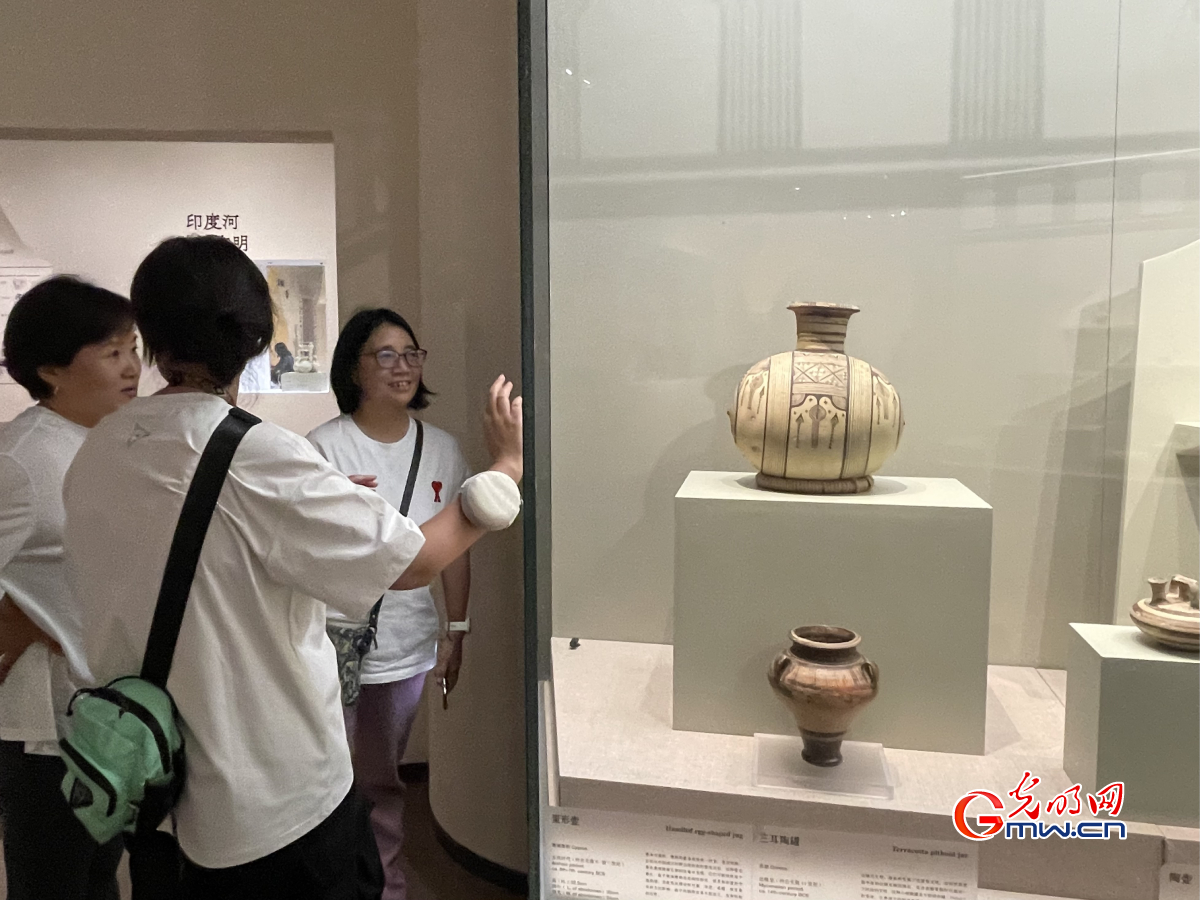
Photo taken on Aug. 4, 2024 shows people visiting the special exhibition "The Craft of Modeling Clay: Cultural Exchanges in Ceramic Art among the Ancient East and West" ongoing at the Tsinghua University Art Museum in Beijing, China's capital city. The exhibition spans a time frame of 6000 years, encompassing ancient Eurasia and ancient Egypt. Based on the distribution of exhibits in terms of quantity and origin, the exhibition is divided into seven chapters by geographical regions: the ancient Near East, the Iranian Plateau and its surroundings, the Indus Valley Civilization, the Mediterranean region, Late Central Asian colored pottery, the early Islamic Iran, and East Asia and Southeast Asia. The exhibition displays not only the exquisite craftsmanship of artifacts from different periods and regions but also the development of pottery and porcelain between Eastern and Western civilizations. (Wang Xinyuan/Guangming Picture)
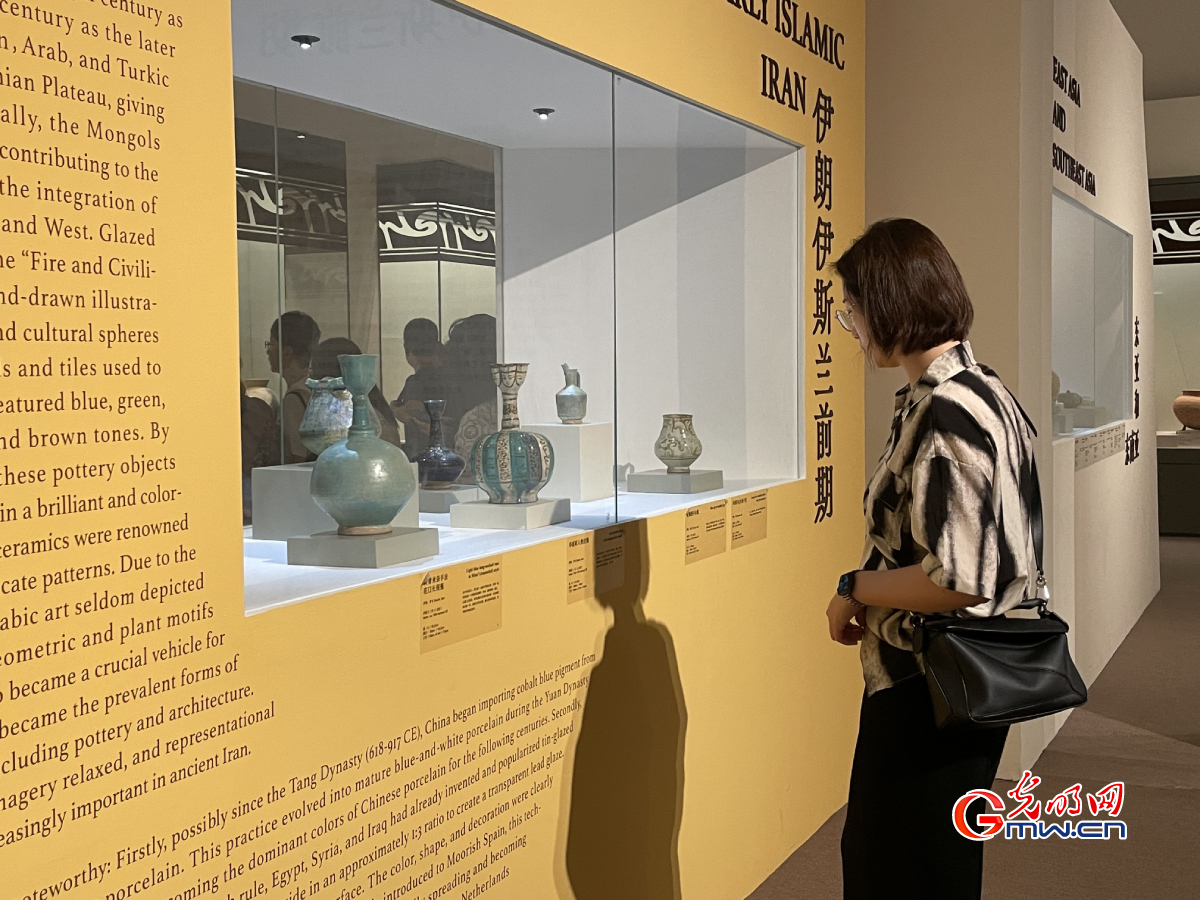
Photo taken on Aug. 4, 2024 shows people visiting the special exhibition "The Craft of Modeling Clay: Cultural Exchanges in Ceramic Art among the Ancient East and West" ongoing at the Tsinghua University Art Museum in Beijing, China's capital city. The exhibition spans a time frame of 6000 years, encompassing ancient Eurasia and ancient Egypt. Based on the distribution of exhibits in terms of quantity and origin, the exhibition is divided into seven chapters by geographical regions: the ancient Near East, the Iranian Plateau and its surroundings, the Indus Valley Civilization, the Mediterranean region, Late Central Asian colored pottery, the early Islamic Iran, and East Asia and Southeast Asia. The exhibition displays not only the exquisite craftsmanship of artifacts from different periods and regions but also the development of pottery and porcelain between Eastern and Western civilizations. (Wang Xinyuan/Guangming Picture)
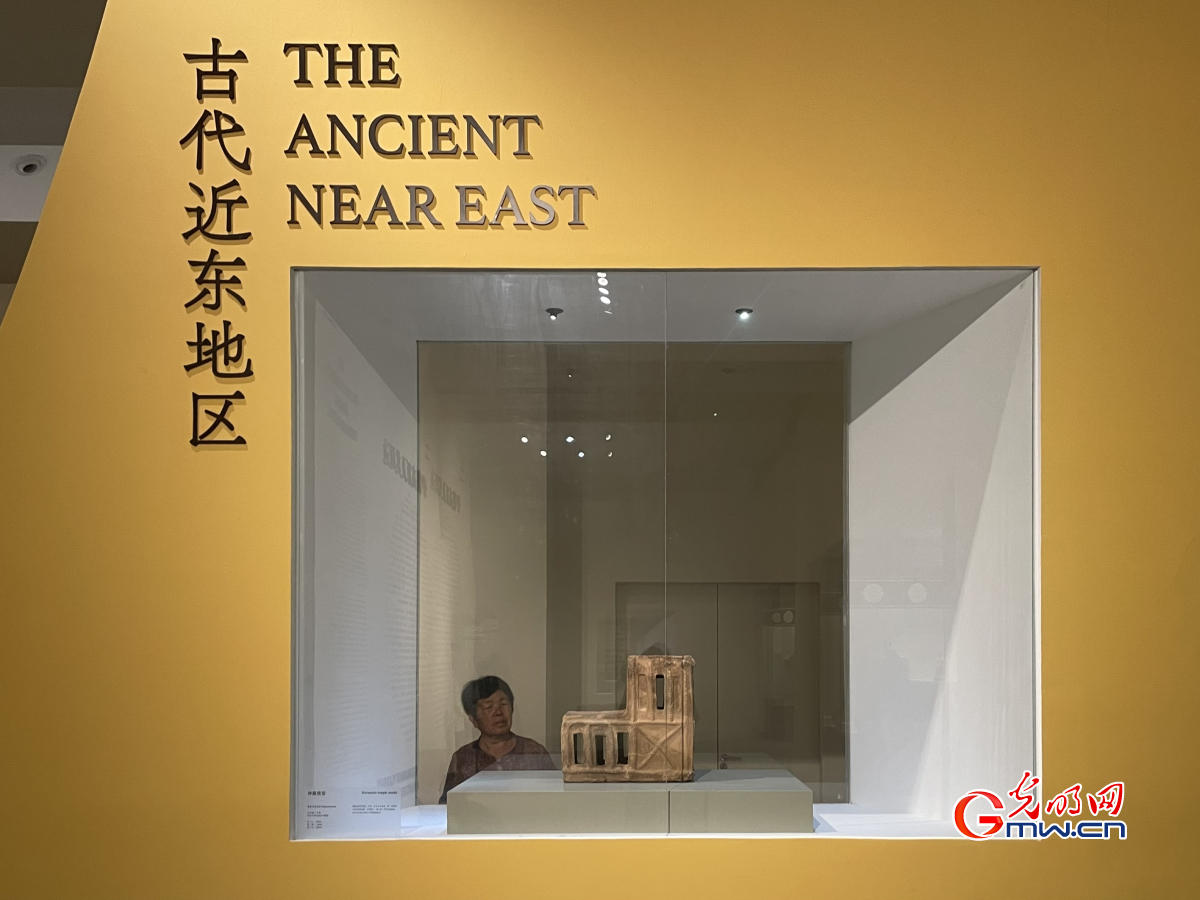
Photo taken on Aug. 4, 2024 shows people visiting the special exhibition "The Craft of Modeling Clay: Cultural Exchanges in Ceramic Art among the Ancient East and West" ongoing at the Tsinghua University Art Museum in Beijing, China's capital city. The exhibition spans a time frame of 6000 years, encompassing ancient Eurasia and ancient Egypt. Based on the distribution of exhibits in terms of quantity and origin, the exhibition is divided into seven chapters by geographical regions: the ancient Near East, the Iranian Plateau and its surroundings, the Indus Valley Civilization, the Mediterranean region, Late Central Asian colored pottery, the early Islamic Iran, and East Asia and Southeast Asia. The exhibition displays not only the exquisite craftsmanship of artifacts from different periods and regions but also the development of pottery and porcelain between Eastern and Western civilizations. (Wang Xinyuan/Guangming Picture)
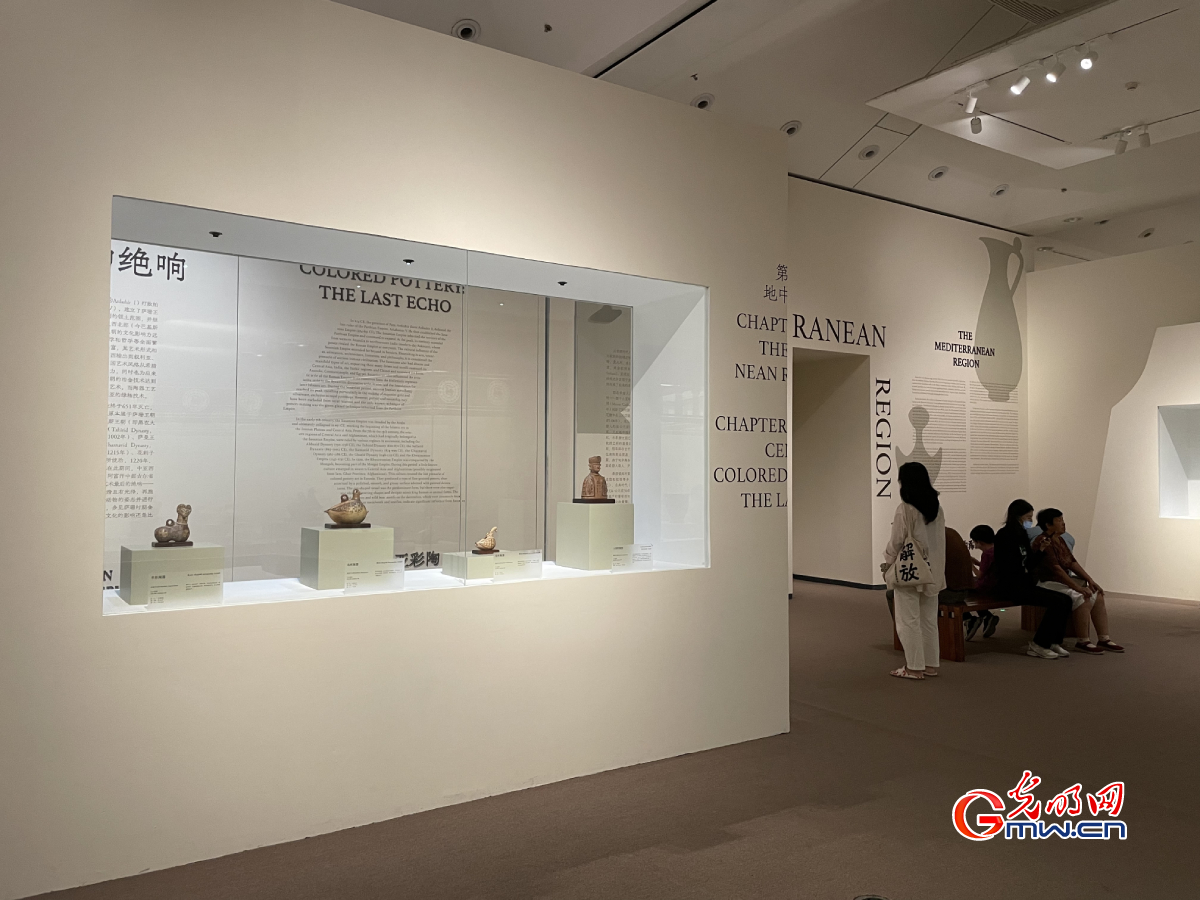
Photo taken on Aug. 4, 2024 shows people visiting the special exhibition "The Craft of Modeling Clay: Cultural Exchanges in Ceramic Art among the Ancient East and West" ongoing at the Tsinghua University Art Museum in Beijing, China's capital city. The exhibition spans a time frame of 6000 years, encompassing ancient Eurasia and ancient Egypt. Based on the distribution of exhibits in terms of quantity and origin, the exhibition is divided into seven chapters by geographical regions: the ancient Near East, the Iranian Plateau and its surroundings, the Indus Valley Civilization, the Mediterranean region, Late Central Asian colored pottery, the early Islamic Iran, and East Asia and Southeast Asia. The exhibition displays not only the exquisite craftsmanship of artifacts from different periods and regions but also the development of pottery and porcelain between Eastern and Western civilizations. (Wang Xinyuan/Guangming Picture)
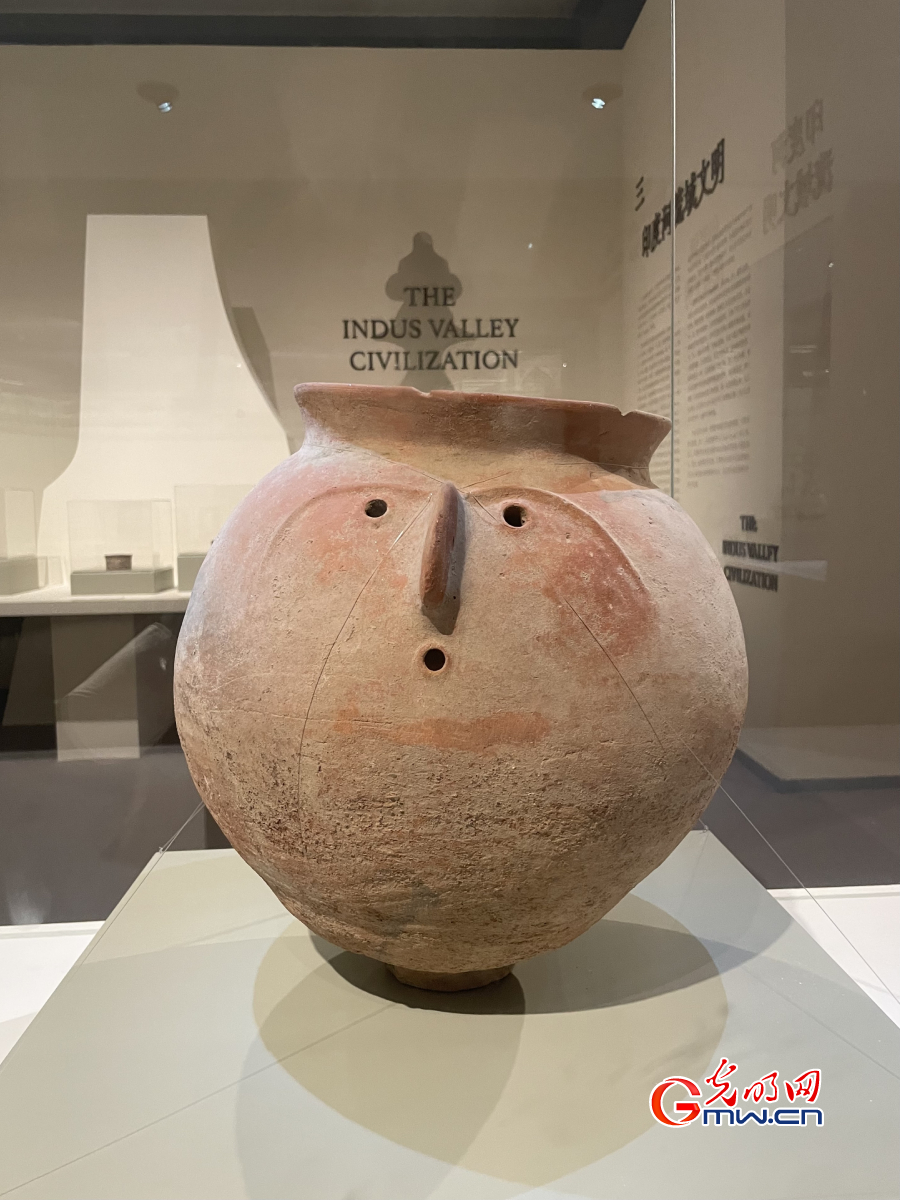
Photo taken on Aug. 4, 2024 shows an exhibit displayed at the special exhibition "The Craft of Modeling Clay: Cultural Exchanges in Ceramic Art among the Ancient East and West" ongoing at the Tsinghua University Art Museum in Beijing, China's capital city. The exhibition spans a time frame of 6000 years, encompassing ancient Eurasia and ancient Egypt. Based on the distribution of exhibits in terms of quantity and origin, the exhibition is divided into seven chapters by geographical regions: the ancient Near East, the Iranian Plateau and its surroundings, the Indus Valley Civilization, the Mediterranean region, Late Central Asian colored pottery, the early Islamic Iran, and East Asia and Southeast Asia. The exhibition displays not only the exquisite craftsmanship of artifacts from different periods and regions but also the development of pottery and porcelain between Eastern and Western civilizations. (Wang Xinyuan/Guangming Picture)
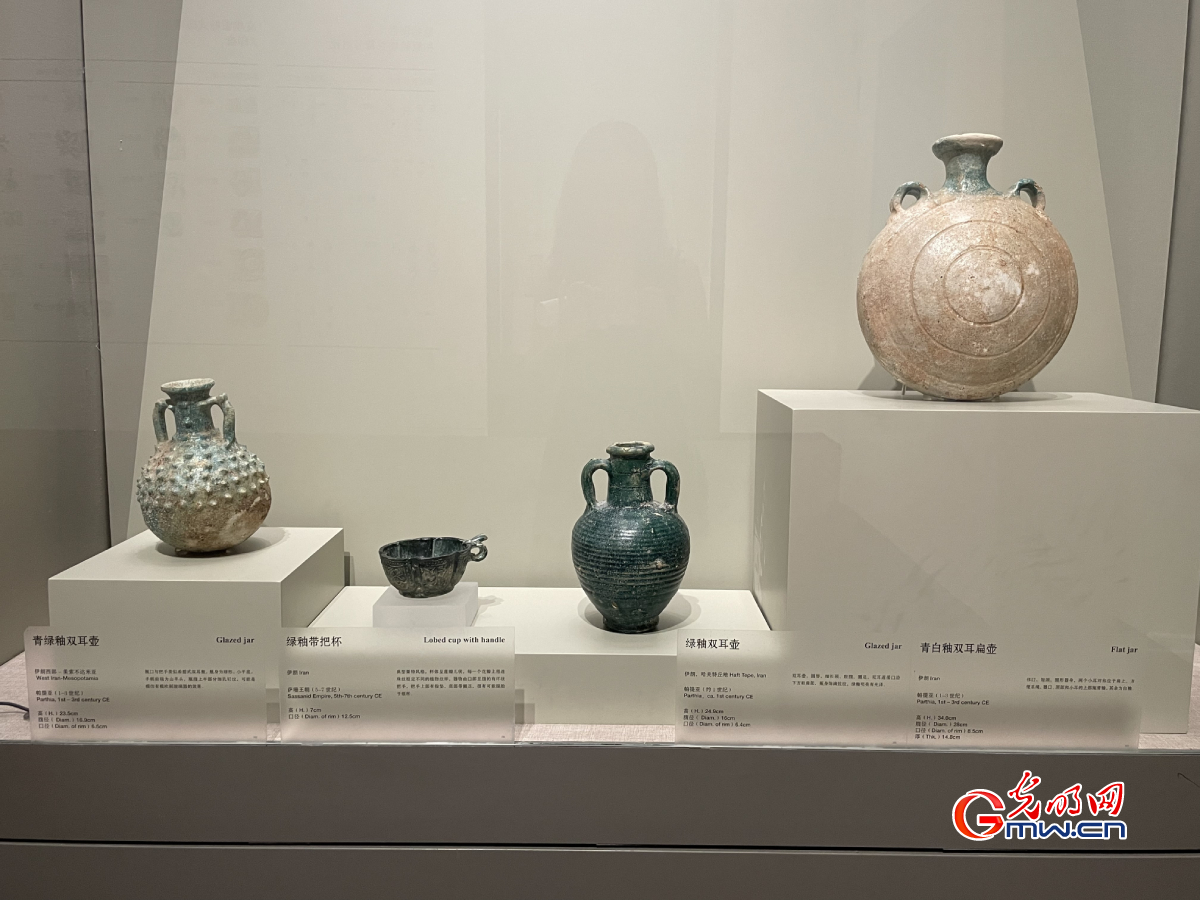
Photo taken on Aug. 4, 2024 shows an exhibit displayed at the special exhibition "The Craft of Modeling Clay: Cultural Exchanges in Ceramic Art among the Ancient East and West" ongoing at the Tsinghua University Art Museum in Beijing, China's capital city. The exhibition spans a time frame of 6000 years, encompassing ancient Eurasia and ancient Egypt. Based on the distribution of exhibits in terms of quantity and origin, the exhibition is divided into seven chapters by geographical regions: the ancient Near East, the Iranian Plateau and its surroundings, the Indus Valley Civilization, the Mediterranean region, Late Central Asian colored pottery, the early Islamic Iran, and East Asia and Southeast Asia. The exhibition displays not only the exquisite craftsmanship of artifacts from different periods and regions but also the development of pottery and porcelain between Eastern and Western civilizations. (Wang Xinyuan/Guangming Picture)
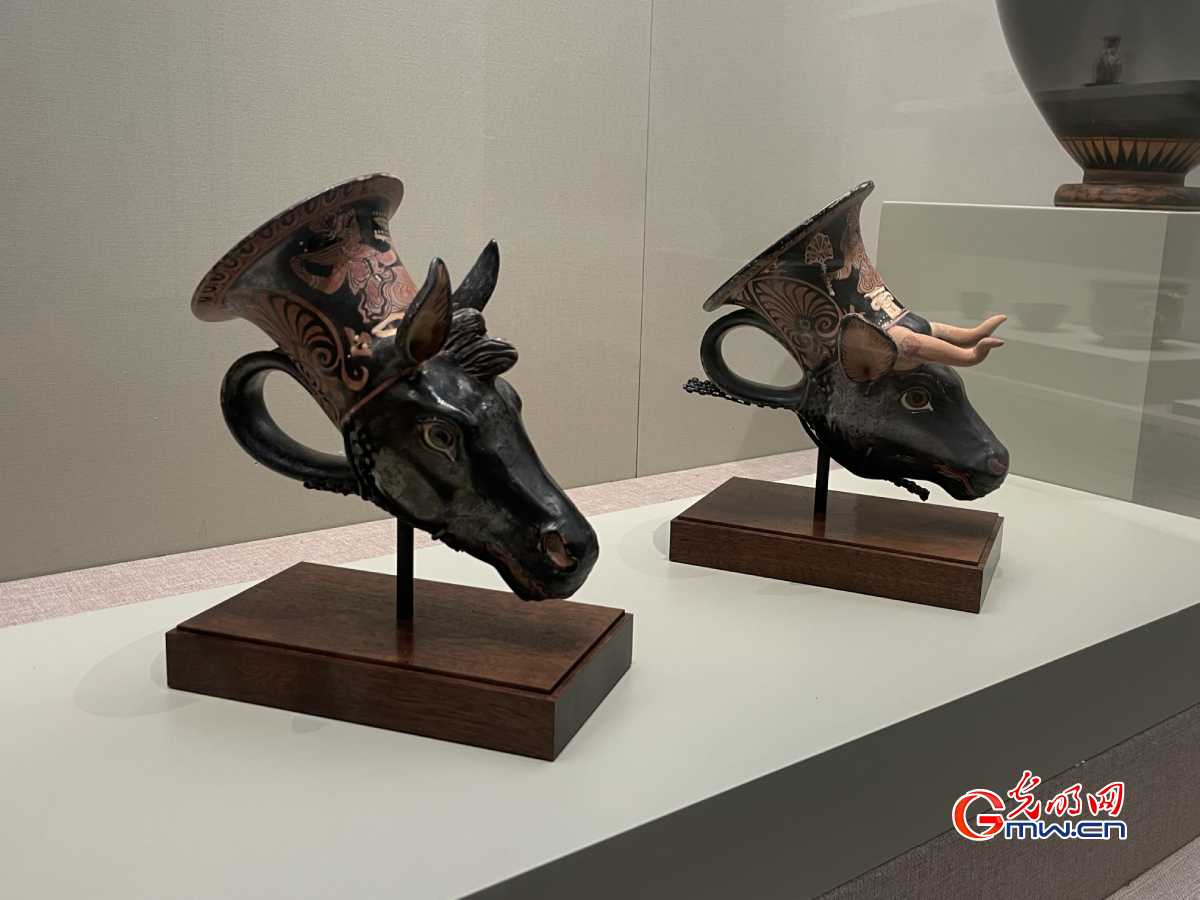
Photo taken on Aug. 4, 2024 shows an exhibit displayed at the special exhibition "The Craft of Modeling Clay: Cultural Exchanges in Ceramic Art among the Ancient East and West" ongoing at the Tsinghua University Art Museum in Beijing, China's capital city. The exhibition spans a time frame of 6000 years, encompassing ancient Eurasia and ancient Egypt. Based on the distribution of exhibits in terms of quantity and origin, the exhibition is divided into seven chapters by geographical regions: the ancient Near East, the Iranian Plateau and its surroundings, the Indus Valley Civilization, the Mediterranean region, Late Central Asian colored pottery, the early Islamic Iran, and East Asia and Southeast Asia. The exhibition displays not only the exquisite craftsmanship of artifacts from different periods and regions but also the development of pottery and porcelain between Eastern and Western civilizations. (Wang Xinyuan/Guangming Picture)
点击右上角![]() 微信好友
微信好友
 朋友圈
朋友圈

请使用浏览器分享功能进行分享
